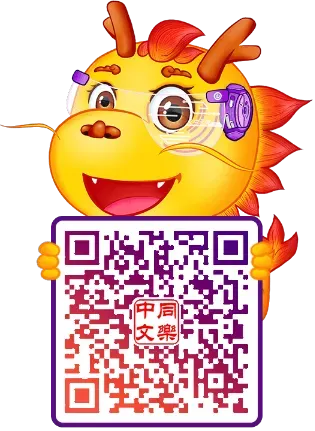TongLe Chinese: Starting from the 'heart', reshaping the journey of Chinese learning for overseas children.

Are you facing this dilemma when looking for Chinese classes for your child overseas:
They resist boring flashcards, struggle with complicated stroke writing, and lose all interest after endless dictation tests? We understand—this is not the child’s fault, nor the language’s fault, but rather a mismatch between traditional teaching methods and the natural path of second-language acquisition overseas.
At TongLe Chinese, we choose a path that is more natural, more scientific, and also warmer. We are not just teaching a language—we are nurturing cultural identity and building confidence in self-expression.
Four Core Features of TongLe Chinese
1. A Scientific Path: Following the “Listening & Speaking First” Principle
The essence of language learning is communication, and communication begins with listening and speaking. We completely avoid the “reading & writing nightmare” tied to traditional textbooks, and strictly follow the second-language acquisition sequence: listening and speaking first, literacy later, reading to follow, and writing last.
At the beginner stage, we do not force writing or assign dictation exams. Instead, we create a stress-free, immersive language environment that protects children’s motivation and confidence. We believe that once the channels of listening and speaking are fully opened, reading and writing will naturally flow.
2. Content is King: Igniting Cultural Interest through Classic Stories
Children do not reject Chinese—they reject boring content. In TongLe classes, there are no dry drills of vocabulary lists. Instead, every class is built around rich cultural stories: idioms, classical storytelling, and timeless poetry. Children listen to Sun Wukong wreaking havoc in Heaven, discuss the cleverness of “The Fox Borrowing the Tiger’s Might,” and feel the homesickness in Quiet Night Thoughts.
They are no longer passive learners, but explorers and commentators of stories. Through engaging plots, they “absorb” the language painlessly, develop advanced language intuition, and build a natural desire to express themselves.
3. Teacher Advantage: Local North American Mentors Who Truly Understand Children
A good teacher is not only a knowledge transmitter but also a bridge to the child’s heart. Our teaching team is unique—most are North American parents themselves or graduates of education programs. This dual identity means they not only have solid Chinese proficiency but also deeply understand the psychology of overseas Chinese children, the cultural conflicts they face, and the rhythm of North American family life.
Their classes are not only language lessons but also spaces of empathy, encouragement, and guidance—where trust is built, and Chinese learning becomes light and joyful.
4. Innovative Model: Flexible Learning Tailored for Overseas Families
We know overseas families are busy and live across different time zones. TongLe offers flexible live and recorded class options, so you never need to worry about scheduling conflicts. Parents are even encouraged to observe or participate. This way, you not only understand your child’s progress but also turn Chinese learning into a precious parent-child bonding experience.
Assignments are concise and purposeful—not piles of repetitive work—designed only to reinforce what was learned in class. With no need for constant supervision, learning Chinese becomes effortless and never a burden on the family.
In Summary: TongLe’s Difference Lies in a New Philosophy
Compared to traditional programs, TongLe Chinese stands out by overturning rigid teaching sequences and shifting the focus of learning.
We are not just teaching a subject called “Chinese.” We are cultivating confident Chinese users and little cultural ambassadors.
Your Invitation
If you want your child to truly love learning Chinese, to understand the original Journey to the West, and to naturally use idioms in daily life—then TongLe Chinese is the “different” choice worth experiencing.
Book a free trial class today, and witness the transformation from “I have to learn” to “I want to learn.”




